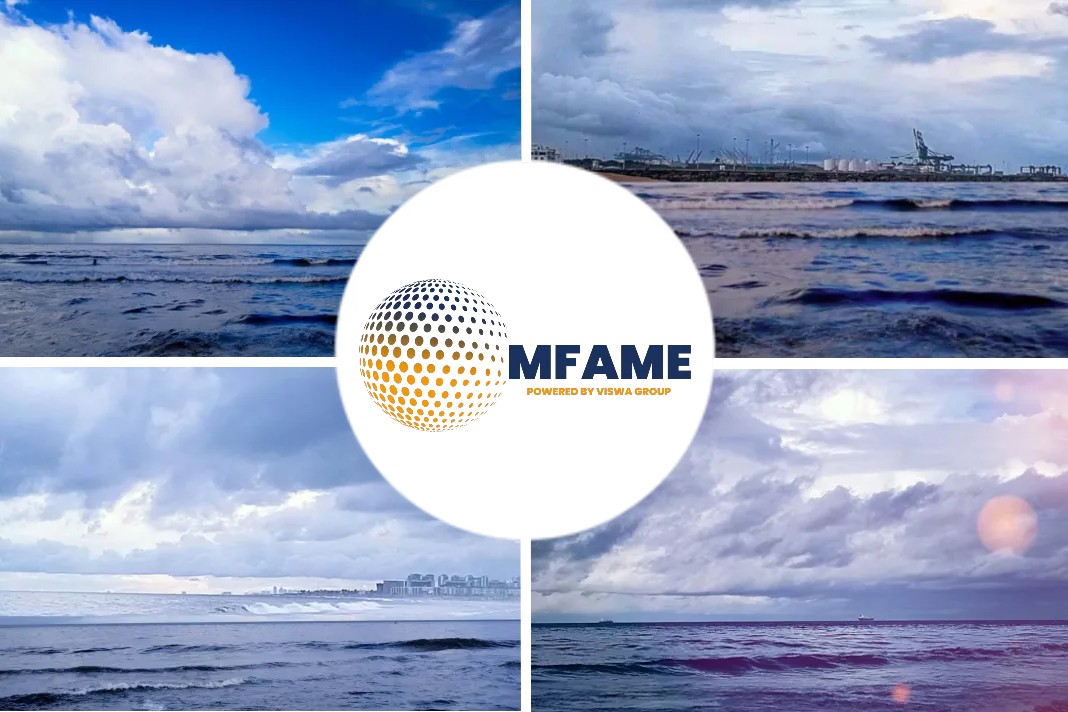The Gulf of Mexico’s largest research ship won’t be built until 2023, but the naming process has already begun, reports Houma Today.
Public To Name the Ship?
The scientists who will manage the deepwater vessel are asking for the public’s help selecting a name. They want options tied to the Gulf and the research the ship will conduct there.
A Name That Signifies Purpose
“We are particularly interested in names that are relevant to the communities the ship will serve: scientists and managers who use the ship for scientific studies the public who will benefit from scientific findings,” said scientists with the University of Southern Mississippi, which will co-manage the ship with Cocodrie-based Louisiana Universities Marine Consortium, known as LUMCON. “Names that represent the pursuit of knowledge and access to marine science and education are encouraged.”
How To Send Nominations?
Nominations can be sent to GCOC-Name-Nominations@usm.edu. Oct. 23 is the deadline.
While the ship’s future owners want public input into the ship’s name, they have not proposed polling the public, meaning there is unlikely to be a reprise of the “Boaty McBoatface” episode of 2016.
How will it be built?
Last month, the National Science Foundation announced it would pay $106 million to build the ship. It will help scientists explore some of the critical issues affecting the Gulf, including climate change, hurricanes, fisheries’ health and oil pollution.
Gulf Island Fabrication in Houma will build the ship, along with two others also funded by the foundation. The nearly identical ships will go to Oregon State University and the University of Rhode Island. Work began on the Oregon State ship last year. It will be named Taani (pronounced “tahnee”), a word meaning “offshore” in the language of Oregon’s Siletz people.
Largest Scientific Research Vessel?
At 199 feet long, the Gulf research ship will be the largest vessel devoted to scientific research in the region. It will have room for 29 crew members and scientists, a range of 5,000 nautical miles and the ability to travel in deep water for up to three weeks.
Will it be enough for science?
Scientists say there aren’t enough research vessels to meet the demand. The U.S. research fleet was reduced from 27 vessels to 20 between 2005 and 2014, and it is expected to shrink further as ships are retired.
LUMCON currently has access to three vessels longer than 50 feet; its fleet is considered the largest in the Gulf devoted to research. The new ship will have far greater capabilities than the LUMCON’s current flagship, the 116-foot-long, 34-year-old Pelican.
Did you subscribe to our daily newsletter?
It’s Free! Click here to Subscribe!
Source: Houma Today
















